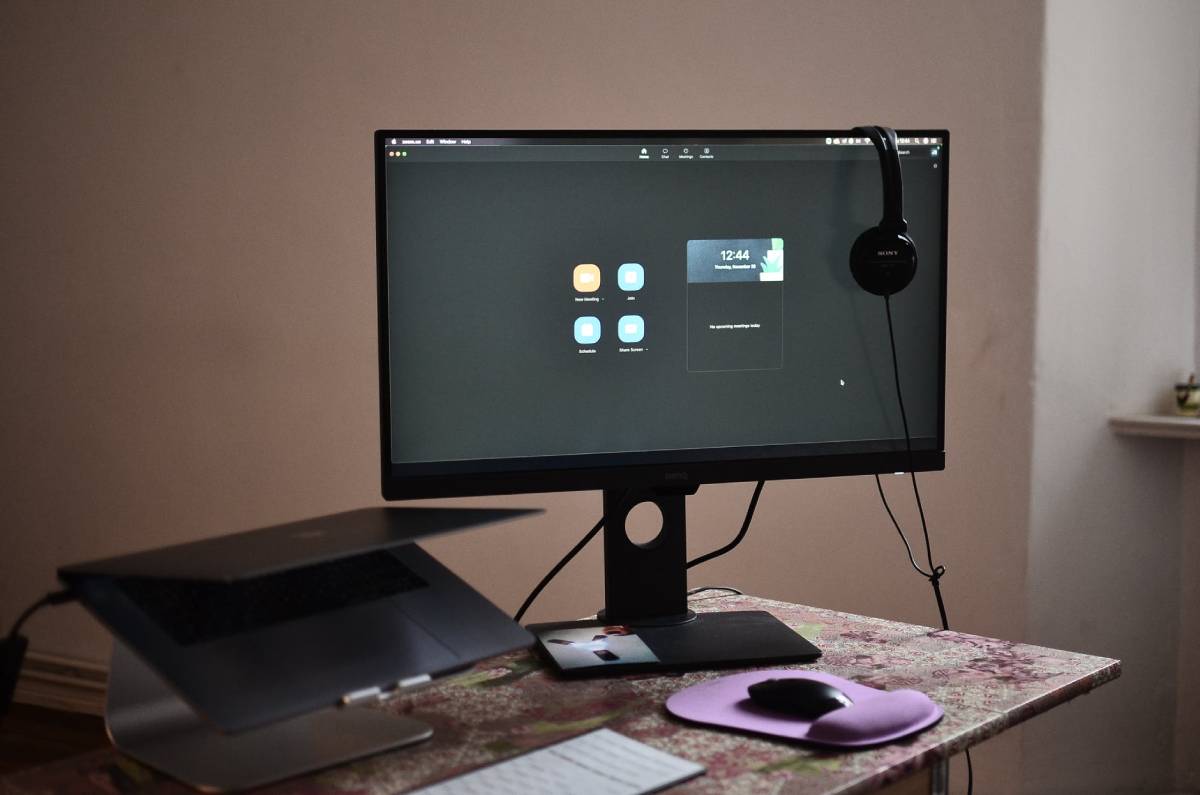In an era where physical distances are no longer a barrier to connectivity, virtual collaboration platforms have become essential tools for businesses, educational institutions, and communities worldwide. Among the myriad options available, one platform stands out for its innovative approach to recreating the essence of face-to-face interaction: Kumospace.
The Genesis of Kumospace
Kumospace emerged from the growing need for more engaging and immersive virtual environments. Founded by a team of visionary developers, Kumospace aimed to bridge the gap between traditional video conferencing and in-person meetings. Their mission was clear: to create a platform where users could seamlessly interact in a virtual space that mirrors real-life dynamics.
Exploring the Virtual Landscape
At its core, Kumospace revolves around spatial audio and customizable avatars. Upon entering a Kumospace room, users are greeted with a bird’s-eye view of a virtual environment resembling a floor plan. Each participant is represented by a customizable avatar, which can be personalized to reflect their identity and personality.
But what truly sets Kumospace apart is its spatial audio technology. Unlike traditional video conferencing platforms where everyone’s voices compete for attention, Kumospace mimics real-life conversations by adjusting the volume and direction of voices based on the proximity of avatars. This creates a natural auditory experience, allowing users to engage in side conversations or gather in smaller groups without interference.
The Power of Proximity
Central to Kumospace’s design is the concept of proximity-based communication. As users move their avatars closer to one another within the virtual space, their voices become more transparent and louder, fostering organic interactions akin to real-world gatherings. Whether it’s a team meeting, networking event, or social gathering, Kumospace adapts to accommodate various scenarios seamlessly.
Moreover, Kumospace offers versatile room configurations, allowing hosts to create dynamic environments tailored to their needs. The platform provides unparalleled flexibility in designing virtual spaces, from auditorium-style setups for presentations to casual lounges for informal discussions.
Beyond Meetings: Unlocking Creativity and Collaboration
While Kumospace excels in facilitating meetings and conferences, its applications extend far beyond conventional business settings. Creative professionals, educators, and community organizers have embraced Kumospace as a hub for collaboration and innovation.
For artists and designers, Kumospace is a virtual studio where they can showcase their work, collaborate on projects in real-time, and host interactive exhibitions. Educators leverage the platform for immersive virtual classes with breakout sessions and interactive learning activities. Meanwhile, communities use to host virtual meetups, workshops, and networking events, fostering connections across geographical boundaries.
The Future of Virtual Collaboration
As remote work and digital communication continue redefining how we interact, platforms like offer a glimpse into the future of virtual collaboration. By combining spatial audio with customizable environments, transcends the limitations of traditional video conferencing, enabling authentic human connections in a virtual realm.
Looking ahead, we can expect to see further innovations in virtual collaboration driven by technological advancements and evolving user needs. Whether enhancing accessibility features, integrating virtual reality (VR) capabilities, or expanding cross-platform compatibility, the journey towards more immersive virtual experiences will accelerate.
In conclusion
Kumospace represents a paradigm shift in approaching virtual collaboration. By prioritizing human-centric design and fostering genuine interactions, Kumospace has redefined the possibilities of virtual communication. As we navigate an increasingly digital world, platforms like Kumospace remind us that, despite the distance, connection knows no bounds.













